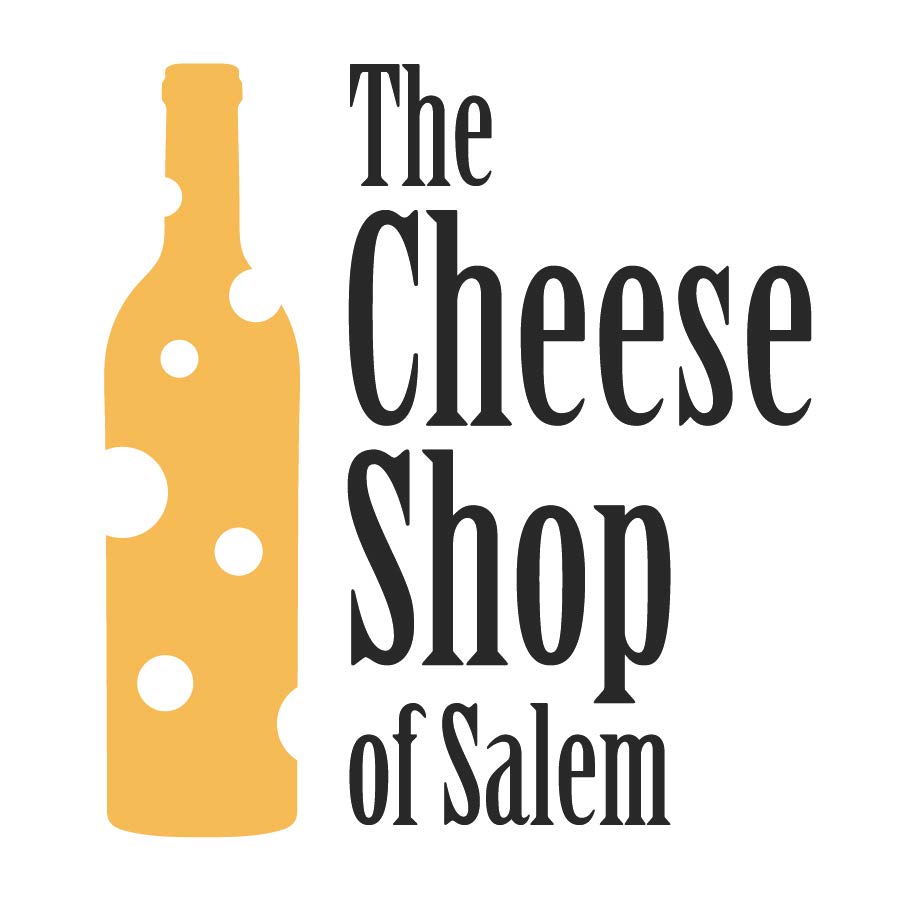Cheese Vocab
When we talk about cheese, there are terms that come up over and over again, so today I thought I’d define some of those terms. A fun vocabulary lesson - are you pumped?! I am! Most of the info today is coming from my bro, The Oxford Companion to Cheese, the well-diagramed website cheesescience.org, and also from the cheesemonger crew at the shop.
Farmstead (Farmhouse in the UK): According to the American Cheese Society, “Milk used in the production of farmstead cheeses may not be obtained from any outside source.” A farm owns cows/goats/sheep/animals that give milk. They make cheese using their own milk. This cheese is called farmstead cheese. BOOM. There are cheesemakers who sometimes make cheese using milk from other farms, and while these are not technically farmstead cheeses, the cheesemaker can still call themselves a farmstead cheesemaker if they also make cheese using just the milk from their own animals. Examples: Cato Corner Farm (Aged Bloomsday, Womanchego), Sparkenhoe Farm (Sparkenhoe Red Leicester), Blue Ledge Farm (Crottina, Lake’s Edge)
Alpine-style: Originally, Alpine cheese came from the Alps, but now producers around the world have learned the techniques that Alpine cheesemakers use. So, when we say Alpine-style, we’re talking about a look, texture, and taste. Usually, they are larger format wheels, around 20 pounds and up, and the texture is smooth and elastic. The taste is as smooth as the texture, low acid, not quite as salty as other styles, and nutty. Don’t forget, these are really general categorizations and within Alpine-style cheese there is a variety of flavors and textures, as you can see by our wide and beloved selection. Examples: Gruyère, Alpha Toleman, Comté, Mountaineer
Washed-rind: There are washed-rind cheeses and there are smear-rind cheeses. Washed-rind cheeses tend to be complex in flavor – sweet, savory, and a little stink. They are washed in a salt water solution, but can also be washed in wine, cider, spirits, beer, etc, and usually have a sticky, orange/brown rind. With these cheeses, think funkaaayy. Examples: Munster Géromé (washed-rind with the longest known history), Beaufort, Taleggio, Willoughby
Crunchy cheese: While this term isn’t technical, it is something a lot of customers ask us about. Crunchy cheese can mean different things depending on the cheese.
- The crunchy white part on the outside of an aged cheddar is called calcium lactate. This happens when lactic acid reacts with the calcium in the cheese.
- There can also be a slight gritty quality to washed cheese rinds. This happens as the rind becomes less acidic causing minerals to precipitate, form crystals, and create that crunch.
- When people ask for crunchy cheese, they are most often talking about tyrosine crystals that form in the paste of cheese. Lactobacillus helveticus, a bacterial culture used frequently to prevent bitterness in cheeses like cheddars and goudas, is often responsible for these crunchy crystals. When Lactobacillus helveticus is added to the milk, the bacteria start to munch up the long protein strands in milk all the way down to amino acids, like tyrosone. Some of the tyrosine is eaten by the bacteria, but the leftovers clump together in specific crystalline structures, which is what we notice when we bite into a cheese with crackle. Yummm crunch!
Examples: Prairie Breeze (calcium lactate), Epoisses (minerals), Wilde Weide (tyrosine), Dziugas (tyrosine)
For the love of cheese vocabulary,
Kiri

